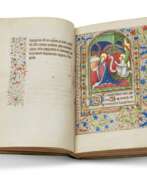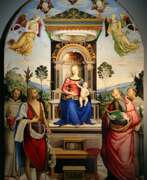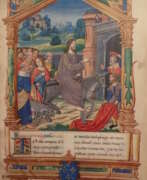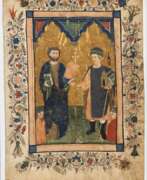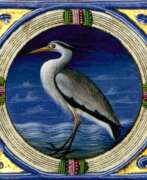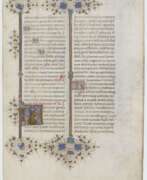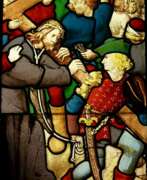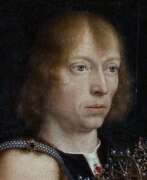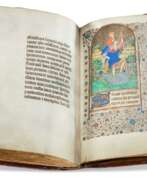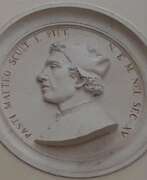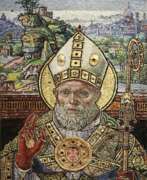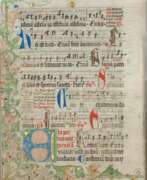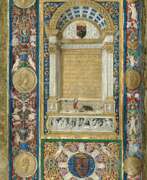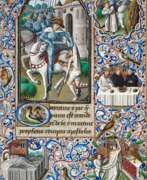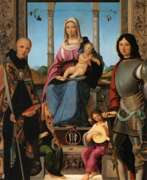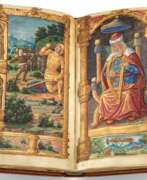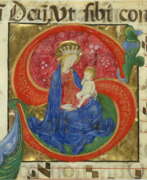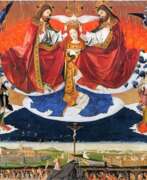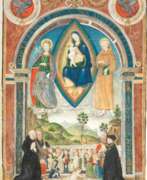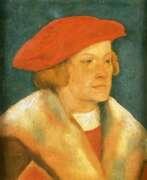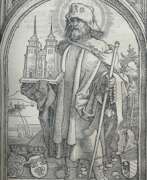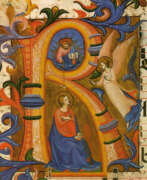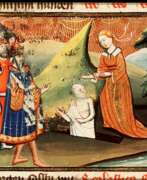Illustrators 15th century
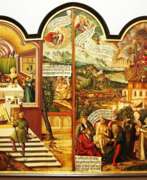

Erhard Altdorfer, a German Early Renaissance printmaker, painter, and architect, is renowned for his contributions to the arts during the 16th century. Born around 1480, Altdorfer's career flourished in Schwerin, where he served as a court painter and architect for the Dukes of Mecklenburg from 1512 until his death in 1561. His journey into the arts likely began under the guidance of his older brother, Albrecht Altdorfer, a prominent figure in the same era.
Altdorfer's early work possibly included collaboration with his brother in Regensburg. By 1512, his talents led him to Schwerin, marking the start of a significant phase in his career. His oeuvre includes various forms, from engravings and woodcuts to paintings and architectural designs. Notable among his works are contributions to the Lübeck Bible, showcasing his skill in woodcut illustrations. Despite the limited number of signed works, his contributions to printmaking and painting hold a place in the history of German Renaissance art. His works, reflecting a blend of influences, including from Lucas Cranach the Elder and Jacopo de' Barbari, demonstrate a unique interpretation of the Renaissance style.
For collectors and experts in art and antiques, understanding Altdorfer's role within the context of the Early Renaissance and his contributions, especially in printmaking and painting, offers a nuanced appreciation of this period. His works, though not as prolifically signed as those of some contemporaries, remain significant for their historical and artistic value. To stay updated on new discoveries or auction events related to Erhard Altdorfer's works, consider signing up for updates to deepen your knowledge and collection of Renaissance art.
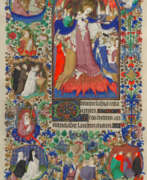

The Master of Bedford was a French miniaturist and manuscript illustrator.
This master of the chapbook worked in Paris from 1405-1435 and is considered one of the most important 15th-century illuminators. He ran an influential workshop in Paris. The artist received his name after his work on two books, which he decorated with illustrations for John Lancaster, Duke of Bedford. One of these, The Bedford Hours, is considered one of the most outstanding illuminated manuscripts extant from the medieval period, with numerous illustrations and extensive decoration, including more than 1,200 decorative medallions that appear in the margins of each page.
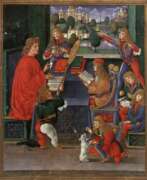

Giovanni Pietro Birago was an Italian painter, illuminator, and engraver for the Sforza court.
He worked from 1470 to 1513 in Brescia, Venice, and Milan, was a leading Milanese illustrator and was favored by the ducal court.
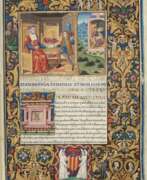

Robert Boyvin was a French illuminator who worked in Rouen between 1480 and 1536.
Robert came from the Boyvin family of booksellers, known since the early 15th century. He was part of a group of illuminators along with Jean Pichord, Jean Serpen, Etienne du Monstier and Nicolas Hisse.
Boyvin produced more than 80 surviving manuscripts, most of which were books of hours, and his style had a great influence on the Rouen workshops. From 1530, Boyvin also made some jewelry for Cardinal Georges d'Amboise.
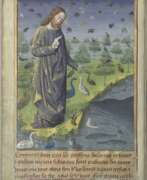

Jean Colombe was a French miniaturist and manuscript illustrator. He founded a dynasty of illuminators, including a son and grandson who continued his work even after his death.
Colombe is known to have decorated a large number of manuscripts. He was commissioned to illustrate both secular and religious texts, and he depicted scenes with many characters in elaborate architectural structures or landscapes. His illuminated manuscripts were decorated with gold or silver, brilliant colors, intricate drawings, or miniature images. Jean Colombe was patronized by Charlotte of Savoy, wife of Louis XI and a noted bibliophile. He illustrated manuscripts for the queen, her daughter Anne Beaujault, and members of the court. Colombe also entered the service of her nephew, Charles I, Duke of Savoy, who commissioned him to complete two unfinished manuscripts in his library: the magnificent Apocalypse of Jean Baptiste and Perronet Lamy and probably the most famous of all the Chapels, The Rich Estates of the Duke of Berry by the brothers de Limbourg.
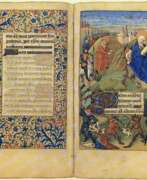

The Master of Marguerite de Foix was a French miniaturist and illuminator who worked in the second half of the 15th century.
The unknown master was named after Princess Marguerite de Foix of Navarre, for whom he created the Chapel. The artist stands out for his expressive skill in depicting figures and their clothing.
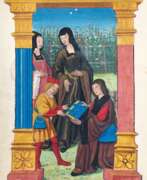

Philippe de Gueldre was a French painter, illustrator, and miniaturist from the Netherlands.
He worked on a large number of royal commissions in Paris and northern France at the turn of the 15th and 16th centuries. Philippe's style was influenced by Jean Columbus; he was characterized by wide-boned figures with round faces, long noses, and small red mouths. He makes generous use of blue and gold, burgundy and green in his palette.
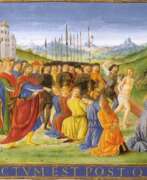

Attavante degli Attavanti, also Gabriello di Vante, is the best known and most representative artist of Italian miniature painting.
Attavante's elegant, expressive style was influenced by the work of Domenico Ghirlandaio and Antonio Pollaiuolo. His first recorded work, dated 1483, is a missal created for Thomas James, bishop of the Dol-de-Bretagne. He subsequently created several manuscripts for Matthias Corvinus, King of Hungary, and the Medici family, among whom was Pope Leo X. The workshop of Attavante also produced the Jerome Bible, one of the finest bibles created during the Italian Renaissance, now in the Portuguese National Archives.
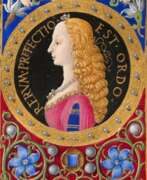

Francesco di Antonio del Chierico was an early Renaissance Italian painter, illustrator, and jeweler in Florence.
He trained as a goldsmith but later became a highly successful and revered manuscript illustrator. His work was sought after by the patrons of Florence in the second half of the fifteenth century, and he is also considered a favorite artist of Lorenzo de' Medici.
Francesco del Chierico decorated and illustrated books of all sizes that covered a variety of literary, scientific, historical, and religious subjects. He creatively painted manuscript margins as well as full pages. The artist's illustrations often included intricate floral compositions, and he also painted exquisite portraits.
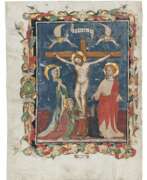

Jacopo di Paolo was an Italian painter and illuminator who worked in Bologna during the fourth and fifth centuries.
Jacopo was a very versatile artist, working in several of the city's famous decorative studios and collaborating with sculptors to create drawings for sculptures. He was also involved at various levels in the political and cultural life of the city. Jacopo was enrolled in the Guild of Artists and Jewelers and held many public positions in Bologna. Jacopo's influence in Bologna lasted for half a century and his three sons also became artists.
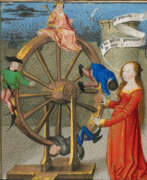

Maitre de Coëtivy, born Colin d'Amiens, was a French artist, illuminator and painter, one of the recognized artists of the French court.
Contemporaries considered this master to be the most important artist working in Paris in the third quarter of the century. The master was named for the Book of Hours, which he illustrated for the chamberlain of Charles VII, Olivier de Coetivy. Maitre de Coëtivy also created panels, worked on stained glass and tapestries. Among his famous clients was Louis XI's brother, Charles of France; his works decorated the great church of Saint-Severin in Paris and the royal courts.
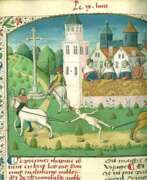

Maître François was a French illustrator who worked in Paris in the 1460s-1480s.
The identity of Maître François as an artist is first mentioned in a letter written by Robert Gauguin in 1473. Most of the prestigious commissions from the court and leading ecclesiastical figures of the time were carried out in François' studio. In Paris in the second half of the fifteenth century, one can trace the predominant style of illumination by the works of Master Jean Rolin, Maître François, and Master Jacques de Besançon. Bibliophiles close to the royal court encouraged the work of miniaturists through private commissions. In particular, Jacques d'Armagnac owned six manuscripts of Maitre Francois and his entourage.
Boccaccio's De casibus virorum illustrium was very popular in the 15th century, where the author retells the fates and downfalls of famous personalities from the Bible, antiquity and medieval history, ending with Boccaccio's own contemporaries in 14th-century Florence. For a long time this book was even more famous and successful than Boccaccio's Decameron. The text was translated into French in 1409 for Jean, Duke de Berry, by his secretary Laurent Premieffe. And the illustrations for the book were later created in the workshop of the then respected Maître François.
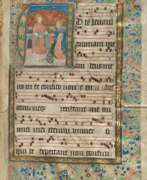

The Master of the Ghent Graduel was a Flemish painter, miniaturist, and illuminator who worked in Ghent and Tournai in the second third of the fifteenth century.
This master comes from an older, Parisian tradition of manuscript illumination that was developed by the master Gilbert de Metz. He was active in the 1460s-1470s and was responsible for the illumination of the clockbooks now preserved in British libraries and also created the miniatures for the books of Valerius Maximus.
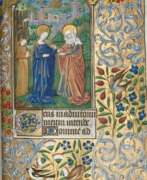

Master of the Rouen Échevinage was a French artist, one of the leading 15th-century Rouen illustrators, named after the magnificent manuscripts he painted for the Bibliothèque des Echevins in Rouen. He was active between the 1450s and 1480s.
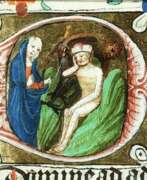

Master of Zweder of Culemborg was a Dutch luminary painter who worked mainly in Utrecht in the first half of the 15th century.
The anonymous master got his name from the bishop of the city, Zweder van Culemborg, whom he depicted.
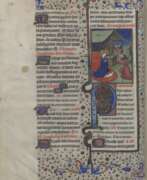

Master of the Troyes Missal de Troyes was a French book illustrator who worked in Troyes in the mid-15th century.
The artist got his name from the missal (liturgical book) he illustrated, which is now preserved in Paris. The master is considered one of Troyes' most brilliant illustrators circa 1450. Contemporaries described him as "the most prominent figure in Troyes' illuminations of the mid-15th century. Troyes was the main center of book production in Champagne during the second half of the 15th century, when the region's lavish manuscripts made it an alternative to Paris, and the master of Troyes books was the most sought-after artist in that city. The widespread demand among devout laymen for the Book of Hours (the most popular liturgical text of the Middle Ages) brought the Troyes master many commissions.
Elegantly elongated figures with flat faces, richly brocaded tapestries, and checkered green floors are hallmarks of the artist's work.
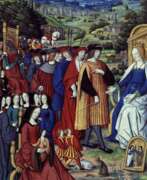

Jean Pichore was a French painter, illustrator, and miniaturist.
He was one of the most famous and prolific illuminators in the production of horologers in Paris at the beginning of the 16th century. Between 1490 and 1521, he was head of a rather large workshop which carried out many orders, while he himself produced only selected works. Jean Pichore worked in many fields, including altarpiece painting, stained glass windows, tapestry designs and illuminated manuscripts.
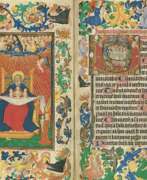

Master Gijsbrecht van Brederode was a Northern Dutch book illuminator who worked in Utrecht in the 3rd quarter of the 15th century.
The artist got his name from the book of hours, which he illuminated for Gijsbrecht van Brederode, dean of Utrecht Cathedral (died in 1475). It is known that between 1465 and 1470 this master created almost all the miniatures in this manuscript.
